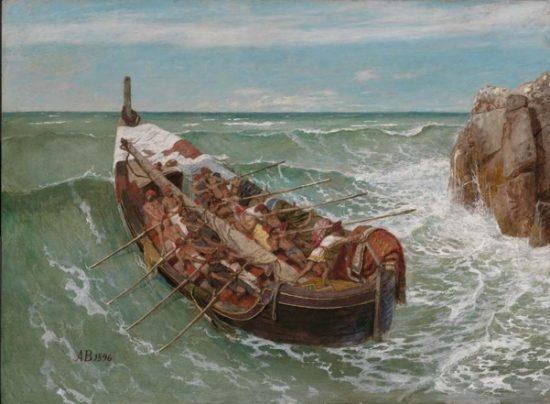The “Odyssey” is the most famous homecoming story in Western literature and mythology. It is justly famous because it is a work that one can truly say is divinely inspired: In its opening few lines, Homer invokes the Muse, whom he calls the “daughter of Zeus,” the king of the gods, as the inspiration for the poem.
There is so much in the “Odyssey” to provoke the imagination and to touch the heart. For example, this isn’t just a story about a man finding his way home to his wife and son, but the journey of mankind in search of our own souls. In other words, this is not just some physical adventure, but a deeply psychic, symbolic, and spiritual one too.






